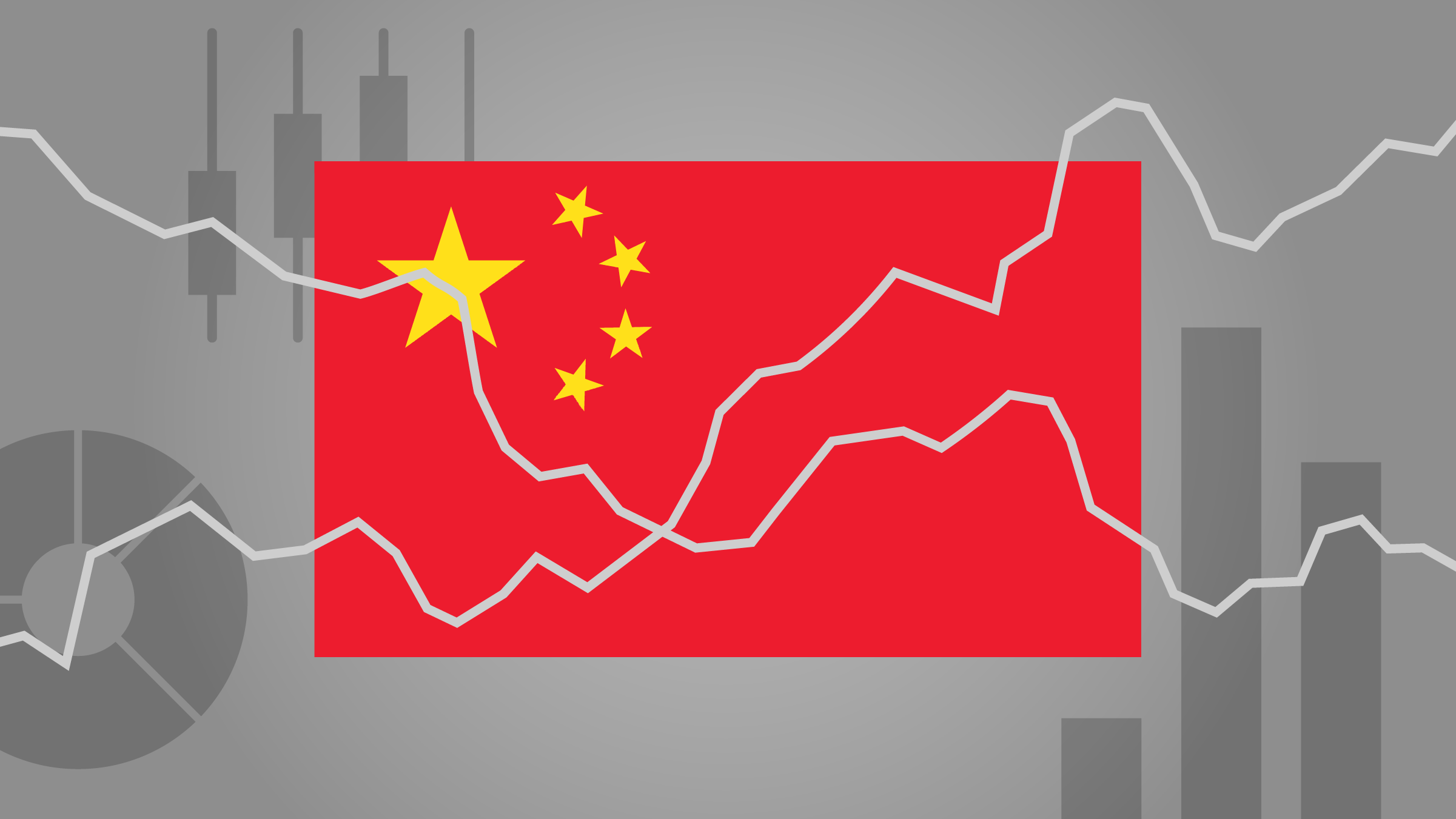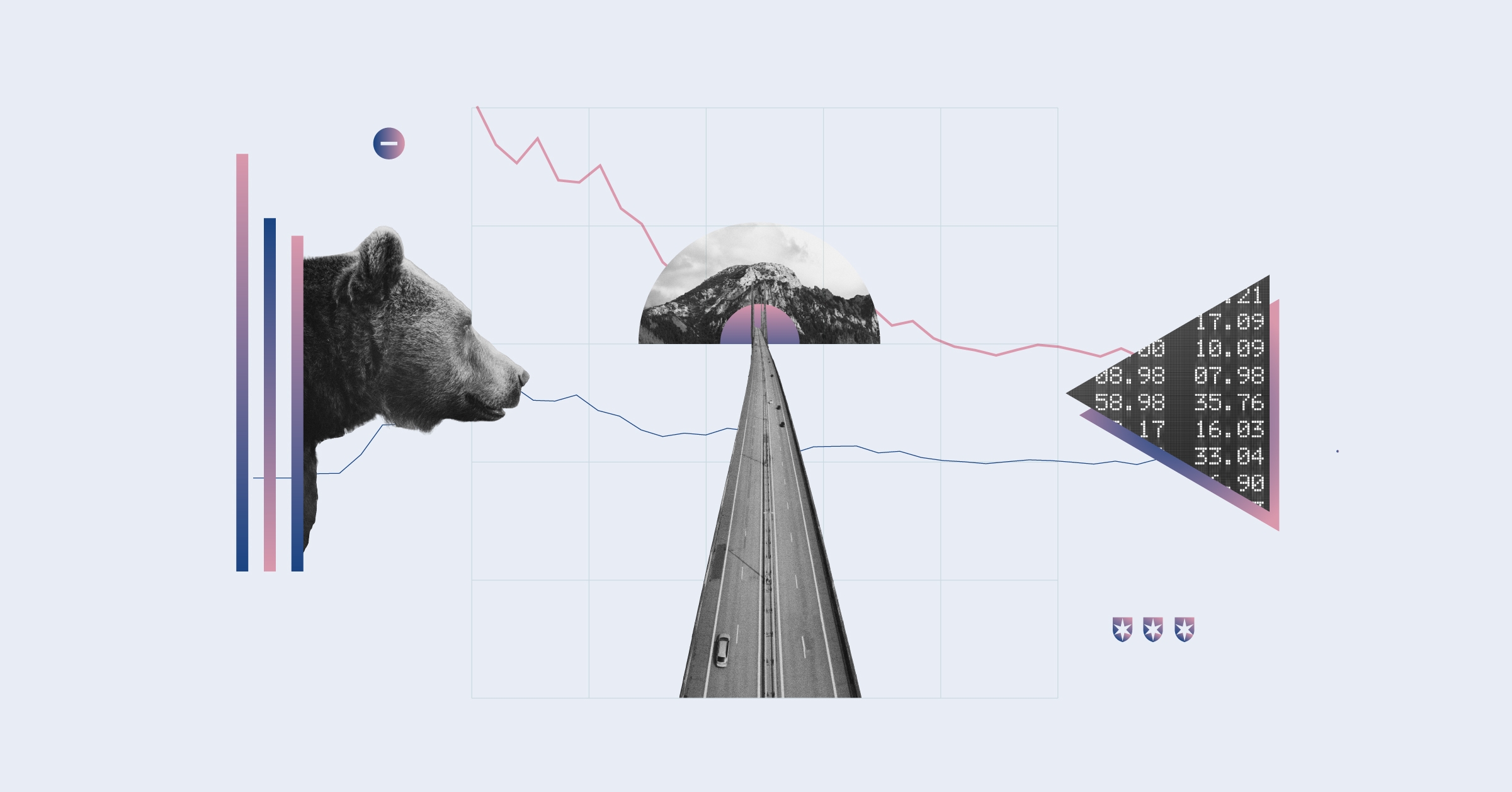Most of us don't want our pre-teen daughters dressing like Britney Spears. Nor would we encourage them to punch classmates who irritate them, or suggest that they tell their great aunts how they really feel about getting their cheeks pinched. We don't want our children to be overly assertive.
Yet when it comes to investing, being aggressive isn't the worst thing, especially if you have a long enough investment horizon, an ambitious goal, and, perhaps most importantly, a stomach for volatility.
This lesson offers various solutions for how to rev up a sedate portfolio.
Are you being aggressive enough?
How aggressive you should be with your investments depends on three
things:
1. Your investment goal, or how much money you'll need;
2. Your investment horizon, or how long you plan to invest for the goal;
3. Your ability to handle volatility.
Let's say you have a £20,000 portfolio that's invested 30% in bonds, 45% in large-cap equity, 15% in mid-/small-cap equity, and 10% in foreign equity. You plan to add £800 per month to your portfolio. You'll invest for 30 years and, when all is said and done, you want £1,000,000 in a lump sum. Your portfolio seems to be fairly well diversified and you've committed to pound-cost averaging over a long timeframe. But are you aggressive enough? If you feel that your portfolio is likely to let you down when it comes to achieving your long-term goal or you find that it isn't as volatile as you may have thought, consider ways to make your portfolio more aggressive.
Shake up your asset mix
You can do plenty of things to amplify your long-term returns and
volatility. The most significant move: Reducing your bond and cash
investments and increasing your position in stocks.
Many financial professionals argue that your blend of cash, stocks, and bonds contributes more to your portfolio's return and volatility than what investment styles you practice, what sectors you have exposure to, and what individual securities you choose. While we believe all of these factors play important roles in your volatility and return, we agree: Asset allocation is huge. And the more of your portfolio you have in stocks and the less you have in bonds and cash, the more intense your portfolio's performance will be.
Rev up your bond mix
In addition to altering your asset mix, you can inject some excitement
into specific asset groups, too. Take bonds for example. Short- and
intermediate-term bonds and bond funds are commonplace in investment
portfolios. To boost your bond component, consider adding one or more of
the following types of bonds/bond funds:
Long-term bonds: Because the maturity dates of long-term bonds are farther away than those of short- and intermediate-term bonds, long-term bonds tend to yield more. They also tend to gain more when interest rates fall and lose more when interest rates rise. You can find long-term bond fund ideas using screening tools like Morningstar's Fund Screener. Analyst recommendations, such as our own, are also a good source.
High-yield bonds: High-yield bonds are corporate bonds issued by lower-quality corporations. These bonds carry more credit risk--or the risk that the issuer will default on the debt--than higher-quality bonds do. As a result, they generally yield more than the average high-quality bond. The returns of high-yield bonds very often follow the returns of the stock market more than the returns of the bond market. Why? Because the performance of high-yield bonds is influenced by the growth and earnings of the company that issued the bond, just as the performance of a stock is influenced by the growth and earnings of the company that issued the stock. Rising or falling interest rates have little bearing on the performance of high-yield bonds.
Convertible bonds: Convertible bonds are stock surrogates even more than high-yield bonds are. That's because convertible bonds can be, as their name suggests, converted into stocks. We're not going to get into the details of that here. But because of this conversion feature, convertibles behave very much like stocks. They are generally less volatile, though, because they pay a fixed coupon (or yield). They are bonds, after all.
Electrify your stock mix
Most investors build portfolios around a core of large-company stocks or
funds. You can heighten your performance (and volatility, of course) by
exploring the following options.
Mid- and small-company stocks: Some studies suggest that, over very long time periods, smaller-company stocks return more than larger-company stocks. That's because smaller companies are usually growing faster than larger companies, and stock prices (and thereby returns) usually keep pace with growth. The faster the growth, says theory, the higher the return.
Growth stocks: Tilting the large-company portion of your portfolio toward growth stocks may also amplify its performance. This occurs for the same reason that smaller companies can add oomph: Over time, a stock's price follows its earnings. As a result, companies that are growing at a decent rate should, theoretically at least, outperform those companies that are growing at a slower rate.
Awaken your foreign mix
Most of the foreign stocks that you'll own, either directly or via
funds, will be from large companies domiciled in developed markets. To
intensify your foreign position, consider these options.
Mid- and small-company stocks: As in the UK, foreign mid- and small-company stocks theoretically have a growth edge over their larger counterparts, too.
Emerging-markets stocks: The world's developing markets certainly hold promise. As deregulation, increasing communications, and free-market thinking grip emerging countries, their stock markets seem poised to benefit. Keep in mind, however, that these funds can also suffer in shorter time frames. The jury's still out on whether emerging-markets stocks will deliver gains that live up to their promise but they certainly qualify as aggressive investments.
Test drive before you buy
Before deciding that you want to add small companies, emerging-markets
stocks, or high-yield bond funds to your portfolio, find out how these
new choices would work with and affect your current mix.
Many online financial websites offer tools that can help. Obviously, we favour our Portfolio Manager tool.
Once you see all of the holdings for your "aggressive" portfolio, answer a few questions:
1. Is this new portfolio more likely to meet your goal than your old portfolio?
2. How much more volatile is this portfolio? Can you handle that possible three-month loss?
You may be surprised by what you find. Becoming more aggressive doesn't always improve your chances of reaching your goal. And it'll almost always deepen your possible three-month loss. Make sure you can handle the volatility that comes with a more-aggressive portfolio.
For more investing classroom lessons on equities, bonds, funds and portfolio management, check out our Learning Centre.
























